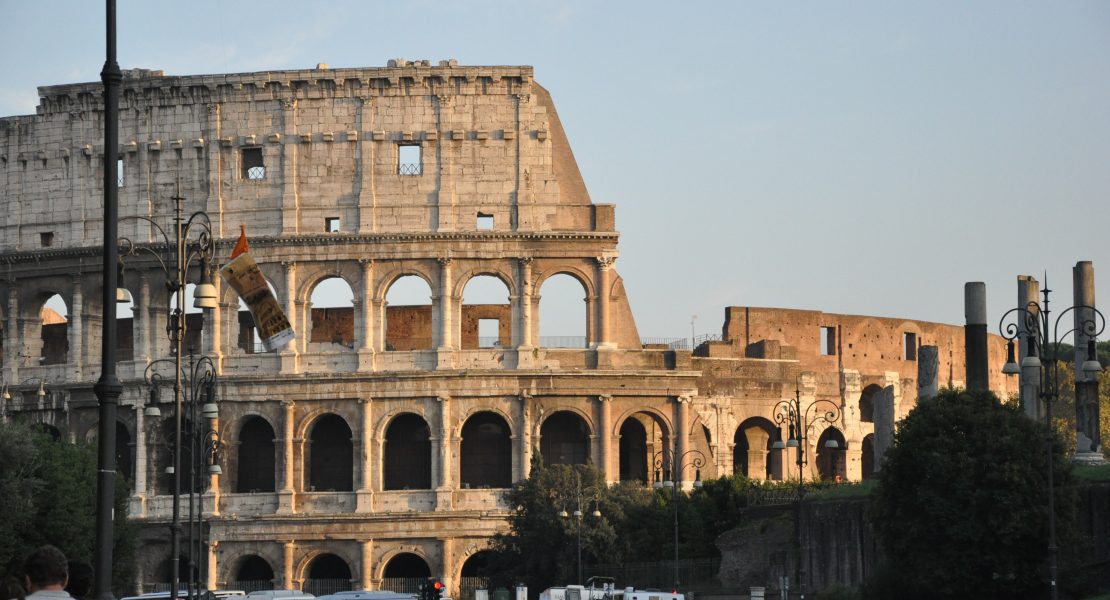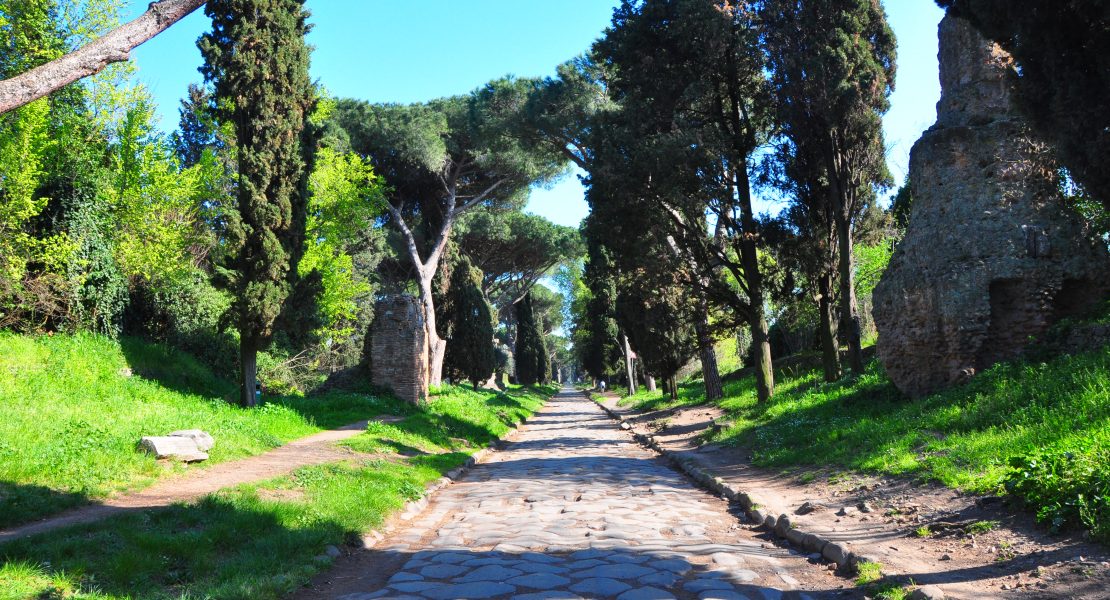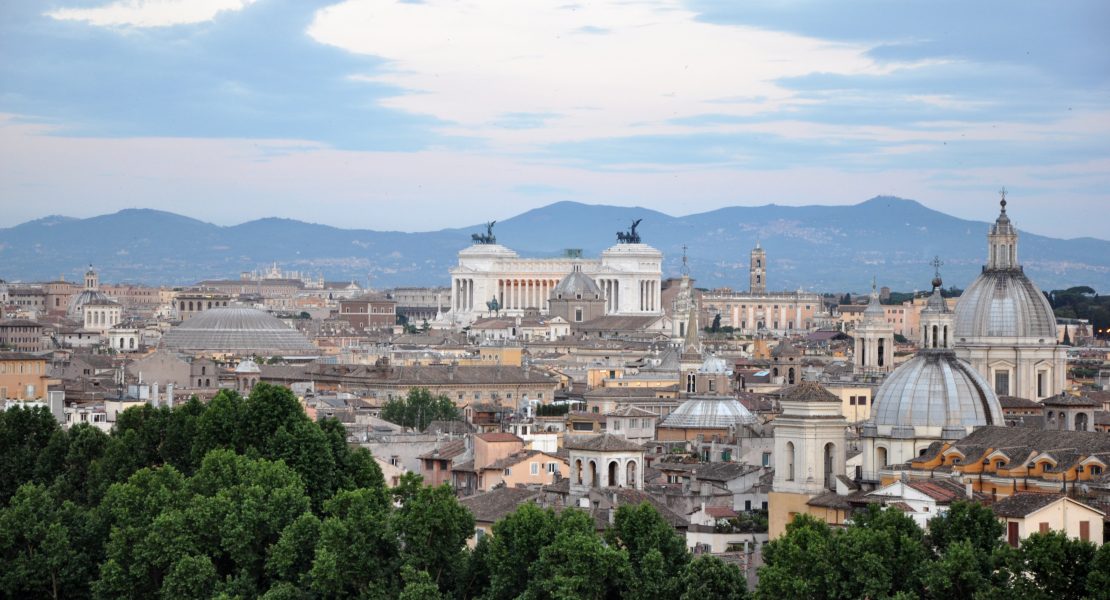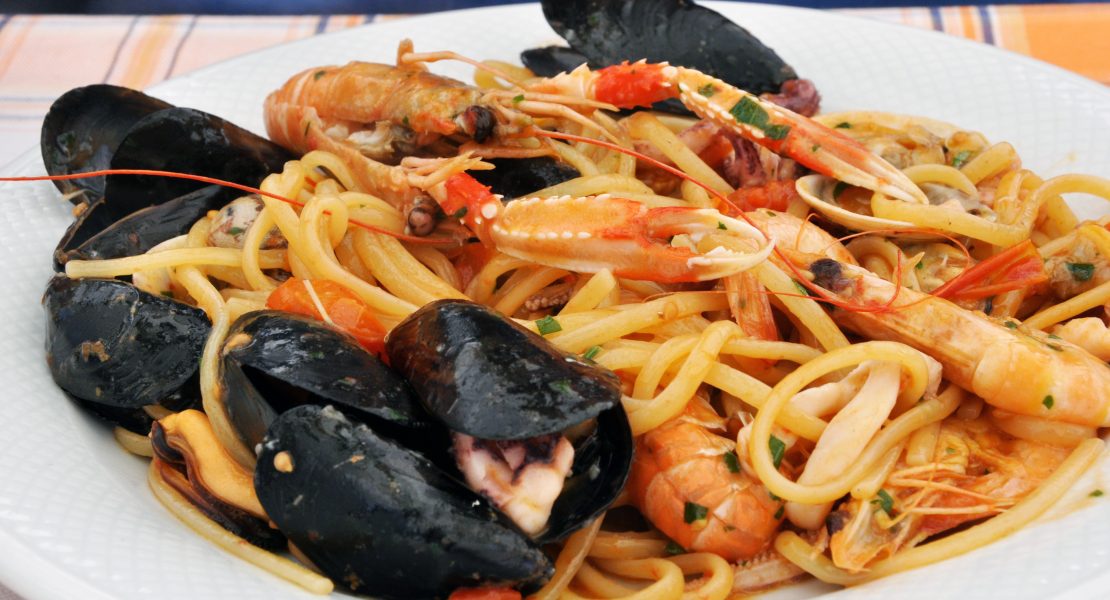At first glance, Istanbul appears anything but a city tied to ancient Rome. Mosques and minarets, not ancient temples, dot the Turkish capital’s skyline. Its forum is hard to find, most of its imperial monuments long gone.
For a city that became part of the Roman empire in 73 A.D., and was turned into the capital, and dubbed “Nova Roma,” by Constantine in 330, it can seem surprising. But to find hints of the city’s classical past, you have to look more closely.
Searching for Roman ruins in Istanbul? Here’s where to find them. I’ll post this in two sections, so look out for the second installment tomorrow (here it is!).
1. The basilica cistern. Even if you’re not all that interested in Istanbul’s ancient ruins, the cistern (shown above) is a must-see, if only for its eeriness: Descend down 52 stone steps, and you’re suddenly in a
cavernous chamber filled with ancient columns, each lit with a dim light, echoing
with splashes, the whispers of tourists, and (unfortunately, I think) “atmospheric”
music.
The cistern was built by Emperor Justinian I in the early 6th
century, on the same spot as a basilica that had been first built by
Constantine two hundred years earlier. More than 105,000 square feet in area
and capable of holding 100,000 tons of water, the cistern provided water
filtration for Constantinople’s palace. More than 7,000 slaves were used to
construct it.
And all of those columns holding it up? There are 336 in
total, and they’re all ancient, too—most of them taken from even older structures
elsewhere in the empire. (Sound familiar? That kind of recycling is something
Rome, too, is known for, from the ancient Egyptian obelisks that dot the city
to, later, the use of the Roman ruins themselves in Renaissance-era buildings
like St. Peter’s Basilica). Most of their origins are mysterious, but some—like
the two upside-down Medusa heads—are particularly intriguing.
2. Column of Constantine. Erected in 330 A.D. by Emperor
Constantine to commemorate his new capital, the 115-foot column would once have
been another 50 feet tall. It also boasted a statue of Constantine on the top,
carrying an orb with a piece of the True Cross. A sanctuary at the column’s
foot included a number of relics, including an alabaster ointment jar that
belonged to Mary Magdalene, the basket from Christ’s miracle of the loaves and
fish, and a statue of Athena from Troy.
That’s all long gone, and the column
isn’t quite as impressive today. But there’s no beating it as a (conveniently central) reminder of how integral Constantinople
was to the ancient Roman empire.
 3. The Valens aqueduct. Spanning one of Istanbul’s main
3. The Valens aqueduct. Spanning one of Istanbul’s main
thoroughfares, the aqueduct is such a matter-of-fact part of the fabric of
modern Istanbul that it’s easy to forget it’s an ancient ruin. But it is. Built
in 368 A.D. by Emperor Valens, the aqueduct once ran for about 3,200 feet. The
surviving section today, at 3,020 feet, is nearly as long—not bad for a 1,600-year-old
structure. Just as the popes in Rome restored ancient aqueducts, so, too, did the
Ottoman sultans in Constantinople, meaning the aqueduct remained the city’s
main distributor of water through the Middle Ages.
 4. The Hippodrome. You could walk right through
4. The Hippodrome. You could walk right through
Istanbul’s ancient hippodrome—built for chariot races by Emperor Septimius
Severus in the early 3rd century, and restored and enlarged by
Constantine 100 years later—without realizing it. Today, all the seats and
most of the structures are long-gone. The only hint you have that the site once was a
stadium able to hold 100,000 spectators is in the shape and dimensions of
Sultanahmet Square, which more or less follows the lines of the ancient circus.
(Just as Piazza Navona in Rome today has the same shape as Domitian’s first-century
Circus Agonalis).
But some monuments do remain. Perhaps the
most evocative is the Serpent Column, brought by Constantine from
the Temple of Apollo at Delphi. Also known as the Plataean Tripod of Delphi, the
column was cast in 479 B.C. to celebrate the Greek victory over the Persians. Persian
armor and weaponry was melted down for the column, and all of the names of the
Greek city-states that fought in the battle were etched into the sides. A gold
tripod, later lost, initially sat on top, supported by three serpent heads.
For a visual of what the chariot races once would have
looked like, the Obelisk of Theodosius is a must-see, too. The obelisk itself is
actually ancient Egyptian, dating to the reign of Tutmoses III around 1450 B.C.
In Alexandria until 390, it was moved to Constantinople by Emperor Theodosius
I. Underneath, a marble pedestal shows scenes including the chariot race
itself, and Theodosius giving the winner the laurel crown of victory. And then
there’s the typically-imperial inscription in which the emperor lauds none
other than himself—in this case, for supposedly moving the obelisk and
re-erecting it in just 32 days.
Here’s where to find Istanbul’s ancient Roman sites, part II!

















